Market Analysis
In-depth Analysis of Vector Control Market Industry Landscape
vector control market analyis revolve around the prevention and management of vector-borne diseases, which are illnesses transmitted to humans and animals by vectors such as mosquitoes, ticks, fleas, and flies. This market is influenced by a myriad of factors ranging from environmental conditions and public health policies to technological advancements and socioeconomic factors.
One of the primary drivers of the vector control market is the prevalence and spread of vector-borne diseases. Factors such as climate change, urbanization, and international travel contribute to the expansion of vector habitats and the emergence of new disease threats. As a result, there is a growing demand for effective vector control measures to prevent outbreaks and mitigate the public health burden associated with diseases such as malaria, dengue fever, Zika virus, and Lyme disease.
Technological innovation plays a crucial role in shaping the vector control market. Advancements in insecticides, larvicides, repellents, traps, and biological control agents have led to the development of more targeted, environmentally friendly, and cost-effective solutions for vector management. For example, the use of genetically modified mosquitoes to control mosquito populations or the deployment of drones for aerial spraying of insecticides represent innovative approaches to vector control that are gaining traction in the industry.
Government policies and public health initiatives also influence the vector control market. National and local governments implement regulations and allocate funding for vector control programs aimed at reducing the incidence of vector-borne diseases and protecting public health. These policies may include surveillance and monitoring efforts, community education campaigns, and vector control interventions such as insecticide spraying or the distribution of bed nets and insect repellents in at-risk areas.
Moreover, socioeconomic factors play a significant role in shaping the demand for vector control products and services. Poverty, inadequate housing, lack of access to clean water and sanitation, and limited healthcare infrastructure contribute to the burden of vector-borne diseases in many parts of the world. As a result, there is often a greater need for vector control interventions in low- and middle-income countries where these socioeconomic challenges are more prevalent.
Globalization and trade also impact the vector control market by facilitating the spread of vectors and vector-borne diseases across borders. International travel and trade can introduce invasive species of mosquitoes, ticks, and other vectors to new regions, increasing the risk of disease transmission and posing challenges for vector control efforts. Additionally, the emergence of drug-resistant strains of pathogens and insecticide-resistant populations of vectors underscores the importance of international collaboration and coordinated efforts to address these global health threats.
Supply chain dynamics are another important aspect of the vector control market, with manufacturers, distributors, governments, non-governmental organizations (NGOs), and healthcare providers all playing key roles in the delivery of vector control products and services. Supply chain disruptions, such as natural disasters, political instability, or pandemics, can impact the availability and distribution of vector control resources, affecting the effectiveness of disease prevention and control efforts.
In conclusion, the market dynamics of the vector control market are shaped by a complex interplay of environmental, technological, regulatory, socioeconomic, and global factors. Understanding these dynamics is essential for stakeholders within the vector control industry to develop and implement effective strategies for disease prevention and control. By addressing the root causes of vector-borne diseases and leveraging innovative approaches to vector control, we can work towards reducing the global burden of these preventable and treatable illnesses.

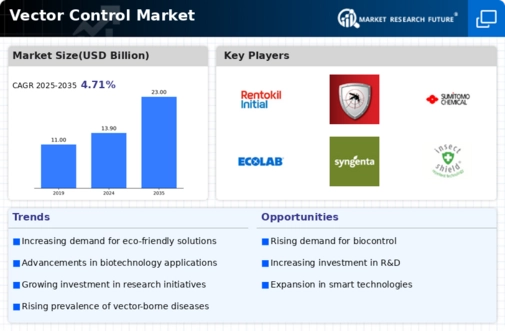


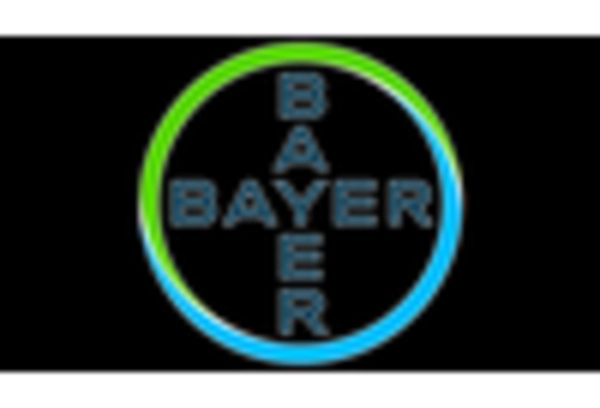
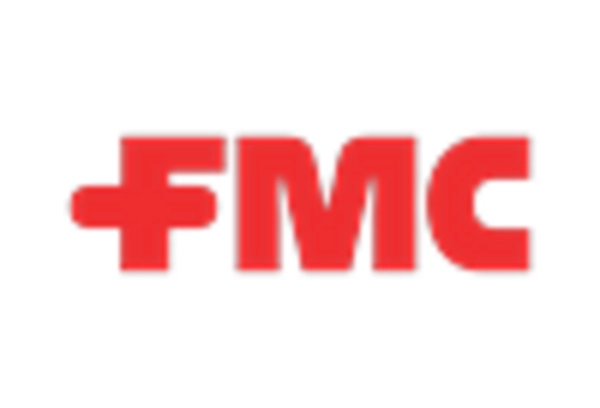
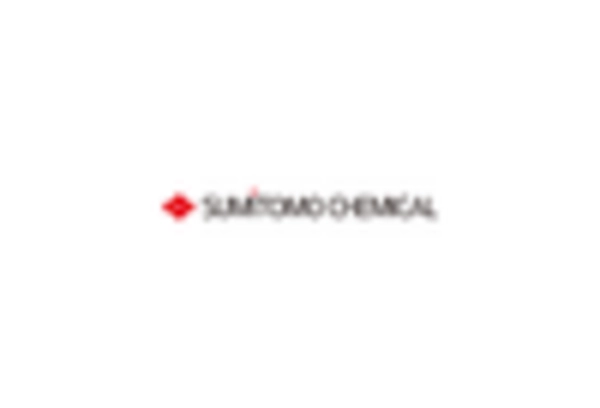
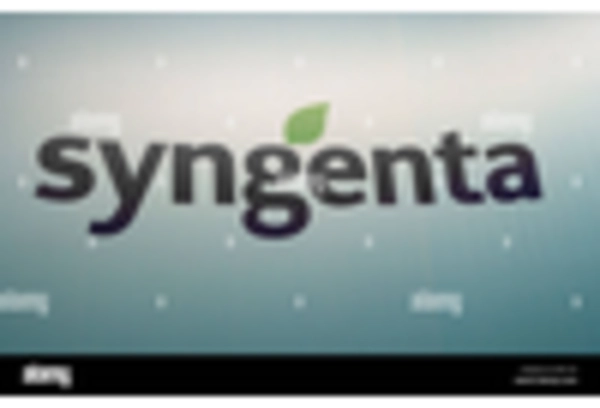









Leave a Comment